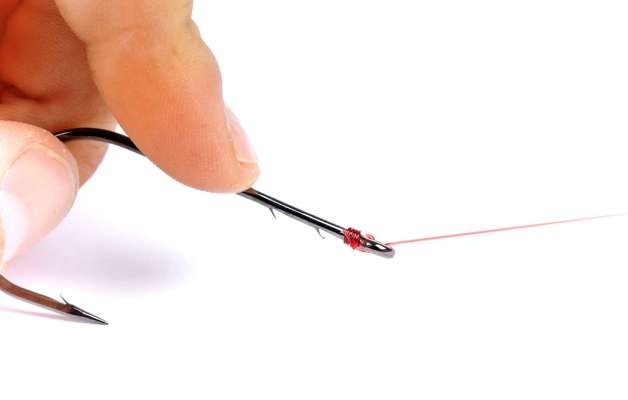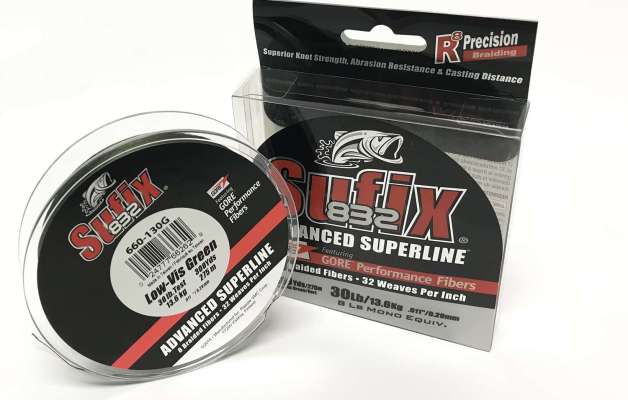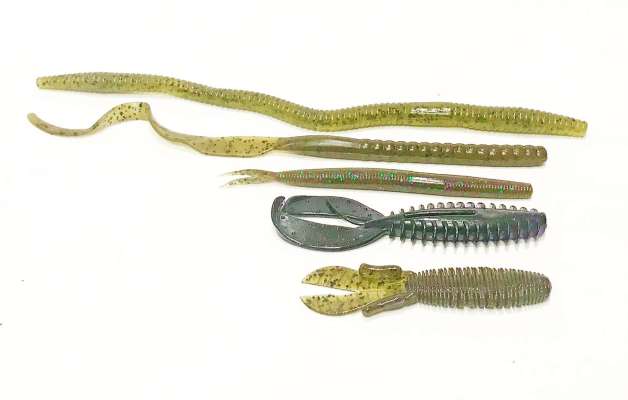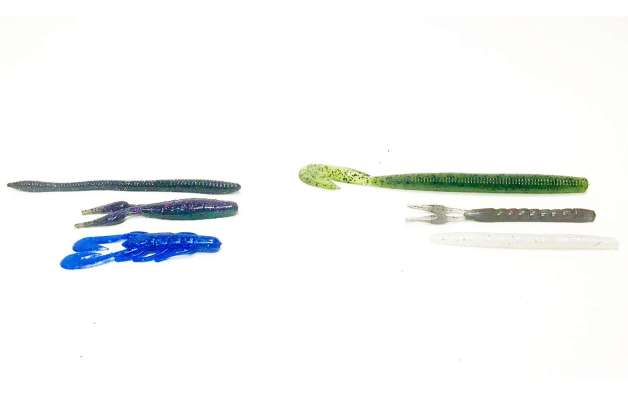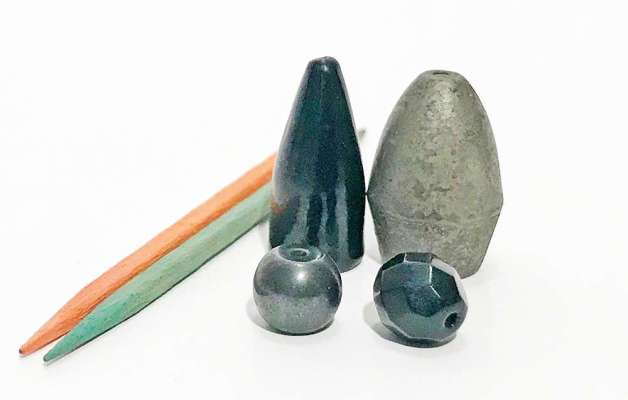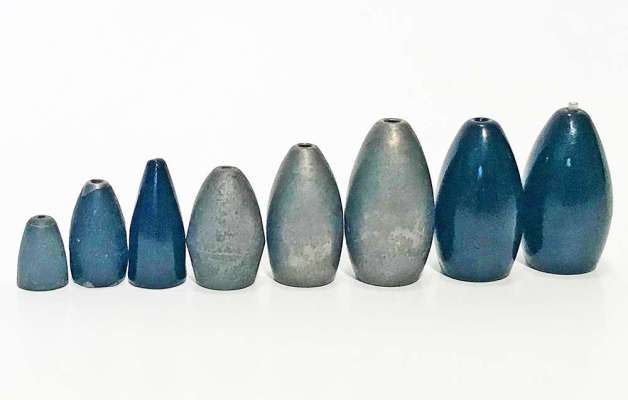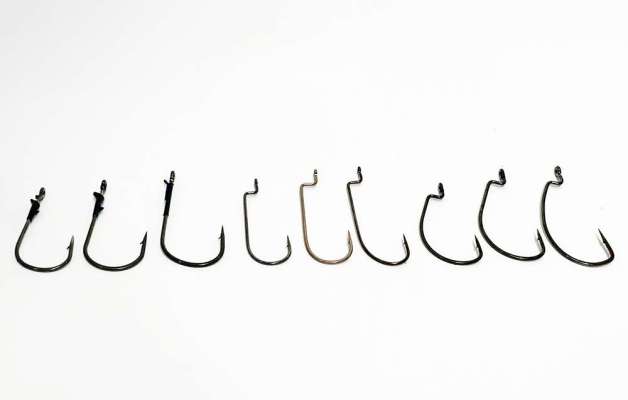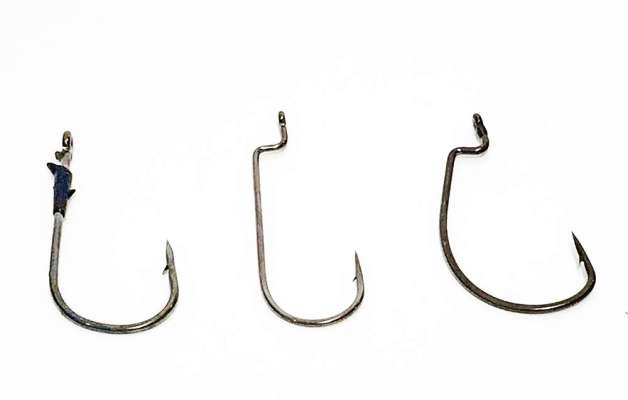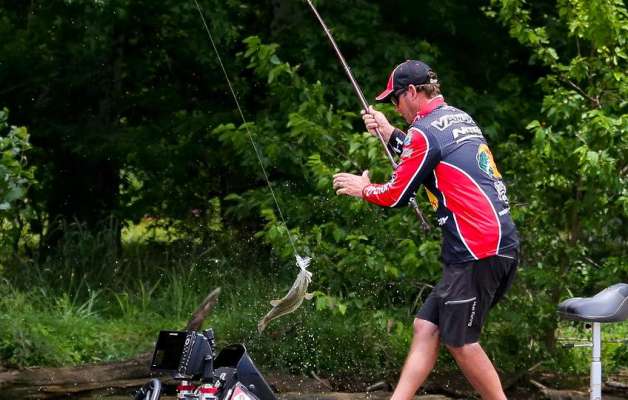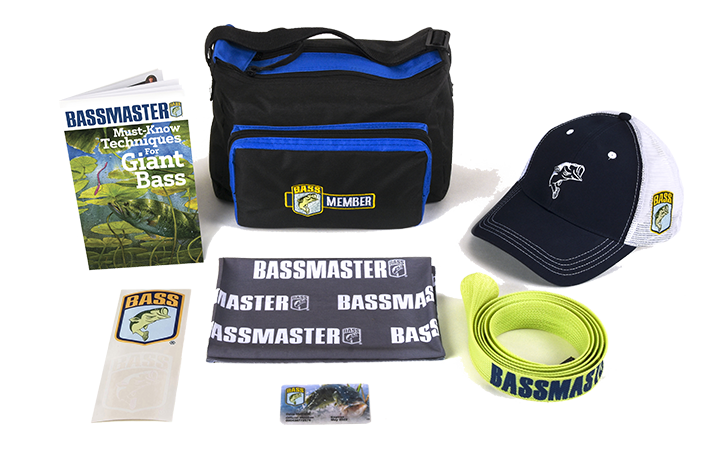The Texas Rig: Part 8, Knots
Selecting the right knot for Texas-rigging can be made simple. However, if you fail to tie a strong knot the chances of the fish of a lifetime making it to...
The Texas Rig: Part 7, Line Selection
There are three basic types of line: Monofilament, fluorocarbon, and braid. All come in a variety of sizes sorted by strength, also known as “test.” For bass fishing and the...
The Texas Rig: Part 6, Soft Plastic Sizes
Big baits, big fish? We’ve all heard it, big baits for big bass. Let me first say, the biggest fish in the pond will still eat a smaller bait, but...
The Texas Rig: Part 5, Soft Plastic Colors
Figuring out which soft plastic is best for the conditions you are faced with could be the most complex component of the Texas rig. The plentiful options of colors, sizes...
The Texas Rig: Part 4, Variable Changes
We’ve discussed selecting the right hook and weight for a Texas-rig setup, but there are preferences when it comes to weight types, beads and stoppers. Lead vs. tungsten There’s a...
The Texas Rig: Part 3, Weight Selection
We’ve discussed selecting the right hook for a Texas-rig setup, but what about the correct nose weight? Weight With any Texas-rig setup, you need to start with a bullet-shape slip...
The Texas Rig: Part 2, Hook Selection
The right style hook is essential to successful Texas rigging, here are some styles to consider in Part 1. Which ones work best? There are three basic types of hooks...
The Texas Rig: Part 1, Hook Style
The Texas rig is the all-terrain vehicle of bass fishing, you can throw the Texas rig at any time, any place and any situation. Historically, the term “Texas rig” or...
Baitcasting made easy
“I never could get the hang of how to use a baitcaster,” one man said. “How do you make it look so easy?”

